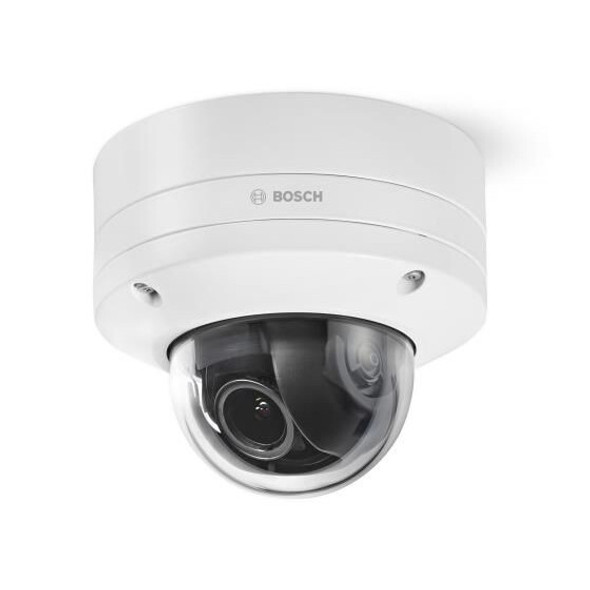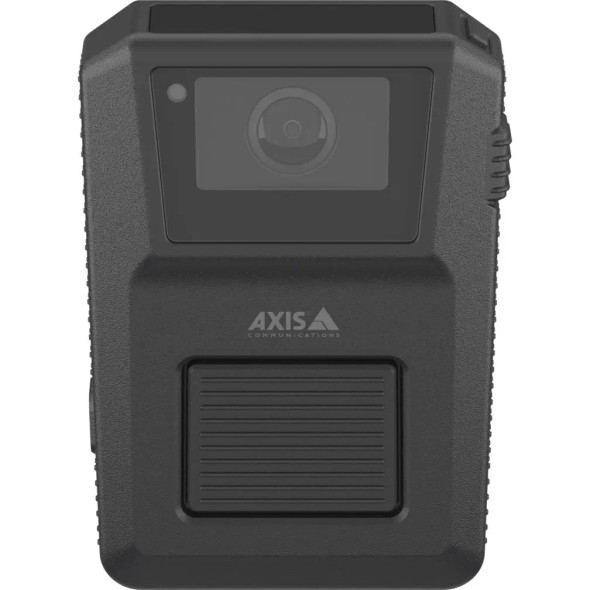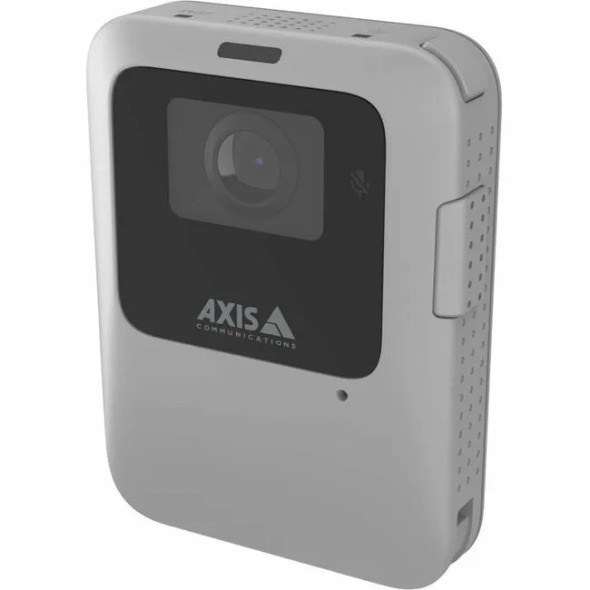Best Wireless Security Cameras
Wireless security cameras are surveillance cameras that use wireless technology to transmit video and audio signals to a receiver or a cloud-based storage system, eliminating the need for traditional wired connections. These cameras are popular for home and business security because they offer flexibility in terms of placement, ease of installation, and remote monitoring.
Best Wireless Security Camera Categories
What should be considered when buying a best wireless security camera?
When buying a wireless security camera, there are several important factors to consider to ensure you choose the right camera for your specific needs and requirements. Here are some key considerations:
- Purpose and Location:
- Determine the purpose of the camera (e.g., home security, monitoring a specific area, baby monitoring, etc.).
- Identify the specific location where you plan to install the camera (indoor or outdoor).
- Video Quality:
- Look for cameras with high-resolution video capabilities, such as 1080p or 4K, for clear and detailed images.
- Consider cameras with features like HDR (High Dynamic Range) for better image quality in challenging lighting conditions.
- Field of View (FOV):
- The FOV determines how much area the camera can cover. Choose a camera with an appropriate FOV for your surveillance needs.
- Some cameras offer adjustable or wide-angle lenses for greater coverage.
- Night Vision:
- Ensure the camera has effective night vision capabilities, such as infrared LEDs, to capture clear video in low-light or complete darkness.
- Two-Way Audio:
- If you want the ability to communicate through the camera, choose a camera with two-way audio functionality (built-in microphone and speaker).
- Motion Detection and Alerts:
- Look for cameras with motion detection technology that can send alerts to your smartphone or email when motion is detected.
- Check the customization options for motion detection sensitivity and zones.
- Storage Options:
- Decide whether you prefer local storage (e.g., microSD card, NAS) or cloud storage for video footage.
- Be aware of any subscription fees associated with cloud storage.
- Power Source:
-
- Determine how the camera is powered. Options include battery-powered, solar-powered, or wired cameras.
- Battery-powered cameras offer flexibility but require periodic recharging.
- Connectivity:
- Ensure that the camera supports Wi-Fi connectivity for easy installation and remote monitoring.
- Consider cameras with dual-band Wi-Fi for better performance.
- Smart Home Integration:
- Check whether the camera is compatible with popular smart home platforms like Amazon Alexa, Google Assistant, or Apple HomeKit.
- Integration allows you to control the camera through voice commands and may enable automation features.
- Mobile App and User Interface:
- Evaluate the usability and features of the camera's mobile app for remote monitoring and control.
- Look for user-friendly interfaces and reliable app performance.
- Weather Resistance:
- If you plan to use the camera outdoors, ensure it is weatherproof and can withstand rain, snow, and extreme temperatures.
- Security and Privacy:
- Prioritize cameras with strong encryption and secure login methods to protect your privacy.
- Change default login credentials to unique and strong usernames and passwords.
- Budget and Additional Costs:
- Set a budget for your camera purchase and consider any additional costs such as cloud storage subscriptions.
- Reviews and Ratings:
- Research customer reviews and expert ratings to gauge the camera's performance and reliability.
- Pay attention to user feedback regarding ease of installation and setup.
- Warranty and Support:
-
- Check the manufacturer's warranty and customer support options in case you encounter any issues.
Do wireless security cameras work well?
Yes, wireless security cameras can work very well when selected, installed, and configured correctly to meet your specific needs and expectations. Here are some key advantages and considerations regarding the performance of wireless security cameras:
Advantages:
- Ease of Installation: Wireless cameras are typically easier to install than wired counterparts since they don't require running cables through walls or ceilings. This makes them suitable for both DIY installations and professional setups.
- Flexibility: Wireless cameras offer flexibility in terms of placement. You can easily move them to different locations as needed without the constraints of wired connections.
- Remote Monitoring: Most wireless cameras allow you to remotely monitor your property using a smartphone app or web interface. This feature enables you to keep an eye on your home or business while you're away.
- Expandability: You can often add more wireless cameras to your system without the need for extensive rewiring or modifications.
- Discreetness: Wireless cameras are generally smaller and less obtrusive than wired cameras, making them less noticeable and more aesthetically pleasing.
Disadvantages:
- Signal Range and Interference: Wireless cameras rely on Wi-Fi signals, so they may be affected by signal range limitations and interference. Ensure that your Wi-Fi network reaches the camera's location and minimize potential sources of interference.
- Battery Life: Battery-powered wireless cameras require periodic recharging or battery replacement, so you'll need to monitor and maintain them.
- Network Stability: A stable and secure Wi-Fi network is crucial for the reliable operation of wireless cameras. Ensure that your network is well-configured and has adequate bandwidth.
- Security Concerns: Wireless cameras can be vulnerable to hacking if not properly secured. Use strong passwords, enable encryption, and keep your camera's firmware up to date to mitigate security risks.
- Limited Field of View: Some wireless cameras may have a limited field of view, which could impact their ability to cover larger areas.
- Cost of Cloud Storage: If you opt for cloud storage for your camera's video footage, be aware that there may be subscription fees associated with it. Consider the long-term costs.
- Weather Considerations: If you plan to use wireless cameras outdoors, ensure they are designed for outdoor use and can withstand the elements.
- Compatibility: Ensure that the wireless camera you choose is compatible with your existing smart home ecosystem if you plan to integrate it with other devices.
-

AXIS W120 2MP Wireless Body Worn Camera, Black - 02583-004
Brand: AXIS
Part Number: 02583-004$929.38- Compression : H.264,
- Lens Size : 2.3 mm Lens
- Protection Code : IP67
- Material : Plastic
- Aperture : F2.1
$929.38 -

AXIS W120 2MP Wireless Body Worn Camera, Black, 5 pcs - 02583-054
Brand: AXIS
Part Number: 02583-054$4,489.00$4,354.42- Compression : H.264,
- Lens Size : 2.3 mm Lens
- Protection Code : IP67
- Material : Plastic
- Aperture : F2.1
$4,489.00$4,354.42 -

Bosch NDE-8502-RXT 2MP Outdoor Dome PTRZ IP Security Camera with 12-40mm Motorized Lens, Remote Commissioning
Brand: Bosch
Part Number: NDE-8502-RXT$1,512.03- Compression : H.265, H.264, MJPEG,
- Field of View (Horizontal) : 36.8°Field of View 12.8°Field of View
- Max. FPS and Resolution : 60fps at 1080P
- Lens Type : Motorized (Automatic Zoom) Lens
- Lens Size : 12~40mm Lens
- Sensor Type : CMOS
- Sensor Size : 1/1.8" Sensor
- Max. Storage Capacity : 2 TB Storage Capacity
- Protection Code : IP66 IK10 Plus NEMA 4X IP6K9K
- Color : White
- Material : Aluminum Poly-carbonate (PC)
- Environmental : Outdoor
- Aperture : F2.3
- IR Corrected : IR Corrected
$1,512.03 -

AXIS W120 2MP Wireless Body Worn Camera, Black, 24 pcs - 02583-024
Brand: AXIS
Part Number: 02583-024$21,569.00$20,922.36- Compression : H.264,
- Lens Size : 2.3 mm Lens
- Protection Code : IP67
- Material : Plastic
- Aperture : F2.1
$21,569.00$20,922.36 -

Bosch NDE-8503-RX 4MP Outdoor Dome PTRZ IP Security Camera with 4.4~10mm Motorized Lens, Wireless Commissioning
Brand: Bosch
Part Number: NDE-8503-RX$1,491.50- Compression : H.265, H.264, MJPEG,
- Field of View (Horizontal) : 110°Field of View 48°Field of View
- Max. FPS and Resolution : 60fps at 2688 x 1520
- Lens Type : Motorized (Automatic Zoom) Lens
- Lens Size : 4.4~10mm Lens
- Sensor Type : CMOS
- Sensor Size : 1/1.8" Sensor
- Max. Storage Capacity : 2 TB Storage Capacity
- Protection Code : IP66 IK10 Plus NEMA 4X IP6K9K
- Color : White
- Material : Aluminum Poly-carbonate (PC)
- Environmental : Outdoor
- Aperture : F1.3 F1.97
- IR Corrected : IR Corrected
$1,491.50 -

Bosch NDE-8502-RX 2MP Outdoor Dome PTRZ IP Security Camera with 4.4-10mm Motorized Lens, Remote Commissioning
Brand: Bosch
Part Number: NDE-8502-RX$1,413.75- Compression : H.265, H.264, MJPEG,
- Field of View (Horizontal) : 110°Field of View 48°Field of View
- Max. FPS and Resolution : 60fps at 1080P
- Lens Type : Motorized (Automatic Zoom) Lens
- Lens Size : 4.4~10mm Lens
- Sensor Type : CMOS
- Sensor Size : 1/1.8" Sensor
- Max. Storage Capacity : 2 TB Storage Capacity
- Protection Code : IP66 IK10 Plus NEMA 4X IP6K9K
- Color : White
- Material : Aluminum Poly-carbonate (PC)
- Environmental : Outdoor
- Aperture : F1.3 F1.97
- IR Corrected : IR Corrected
$1,413.75 -

AXIS W110 2MP Wireless Body Worn Camera, Black - 02680-004
Brand: AXIS
Part Number: 02680-004$664.28- Compression : H.264,
- Lens Size : 1.9mm Lens
- Sensor Type : RGB CMOS
- Sensor Size : 1/2.8" Sensor
- Protection Code : IP54
- Color : Black
- Material : Plastic
- Aperture : F2.2
$664.28 -

Hikvision DS-2DE2103-DE3/W 1MP Wireless Indoor Mini PTZ Dome IP Security Camera
Brand: Hikvision
Part Number: DS-2DE2103-DE3/W$435.00$348.00- Compression : H.264, MJPEG,
- Field of View (Horizontal) : 37°Field of View 77°Field of View
- Max. FPS and Resolution : 30fps at 1280 x 720
- Lens Type : Motorized (Automatic Zoom) Lens
- Lens Size : 3.6~11mm Lens
- Sensor Type : CMOS
- Sensor Size : 1/3" Sensor
- Color : White
- Environmental : Indoor
- Audio Support : Built-in Microphone
$435.00$348.00 -

ACTi C11W 1.3MP Wireless Indoor Cube IP Security Camera with 3.6mm Lens
Brand: ACTi
Part Number: C11W$333.00$249.70- Compression : H.264, MJPEG,
- Lens Type : Fixed Lens
- Lens Size : 3.6mm Lens
- Sensor Type : CMOS
- Sensor Size : 1/4" Sensor
- Color : White
- Environmental : Indoor
- Aperture : F1.8
- Audio Support : Built-in Microphone
$333.00$249.70 -

AXIS W120 2MP Wireless Body Worn Camera, White - 02681-004
Brand: AXIS
Part Number: 02681-004$929.92- Compression : H.264,
- Lens Size : 2.3 mm Lens
- Protection Code : IP67
- Material : Plastic
- Aperture : F2.1
$929.92 -

AXIS W110 2MP Wireless Body Worn Camera, Black, 5 pcs - 02680-024
Brand: AXIS
Part Number: 02680-024$3,139.00$3,052.00- Compression : H.264,
- Lens Size : 1.9mm Lens
- Sensor Type : RGB CMOS
- Sensor Size : 1/2.8" Sensor
- Protection Code : IP54
- Color : Black
- Material : Plastic
- Aperture : F2.2
$3,139.00$3,052.00 -

AXIS W110 2MP Wireless Body Worn Camera, Gray, 5 pcs - 02644-024
Brand: AXIS
Part Number: 02644-024$3,139.00$3,024.57- Compression : H.264,
- Lens Size : 1.9mm Lens
- Sensor Type : RGB CMOS
- Sensor Size : 1/2.8" Sensor
- Protection Code : IP54
- Color : Grey
- Material : Plastic
- Aperture : F2.2
$3,139.00$3,024.57 -

2Gig 2GIG-CAM-HD100 1MP Wireless Indoor Cube IP Security Camera - PIR Motion
Brand: 2GIG
Part Number: 2GIG-CAM-HD100$154.64- Compression : H.264, MJPEG,
- Max. FPS and Resolution : 15fps at 720P
- Lens Type : Fixed Lens
- Color : White
- Environmental : Indoor
$154.64
